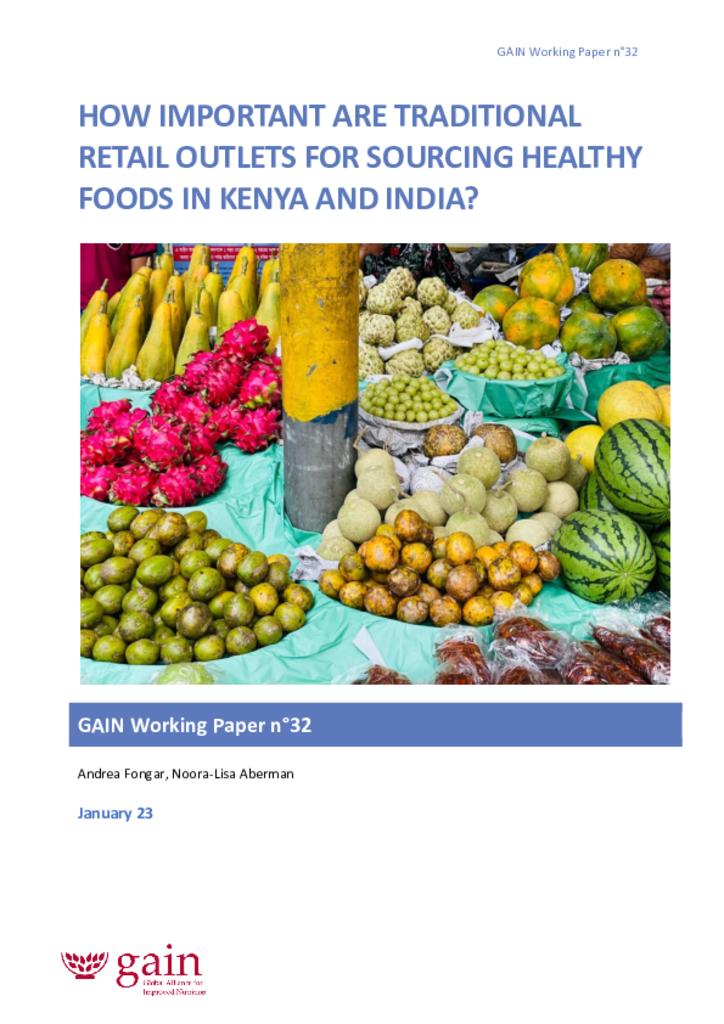Healthy diets are unaffordable to over 2 billion people worldwide and food access remains a challenge for many. The food environment illustrates the interaction of consumers with different food retail outlets to acquire and consume food. Food access, which includes both physical (proximity) and economic (affordability) factors, is a key component of food security. Understanding where consumers in low- and middle-income countries (LMIC) purchase nutritious foods is the first step to determining which food systems interventions and innovations are most important for these consumers.
Despite a large amount of literature considering food procurement in rural or urban communities, there is little agreement on categories of food outlets or terminology and few studies have assessed food procurement patterns across the population and within specific vulnerable groups. We reviewed relevant literature to determine a typology of food retail outlets that can be applied across contexts for easier comparisons. In addition, we analysed secondary data from Kenya (nationwide) and India (2 states) that includes the place of purchase of foods or food groups, to better understand food sourcing patterns. Data are presented disaggregated for rural, peri-urban and city households.
The analysis highlights the importance of traditional markets and other informal food outlets for nutritious diets for LMIC consumers, especially those experiencing vulnerability.
